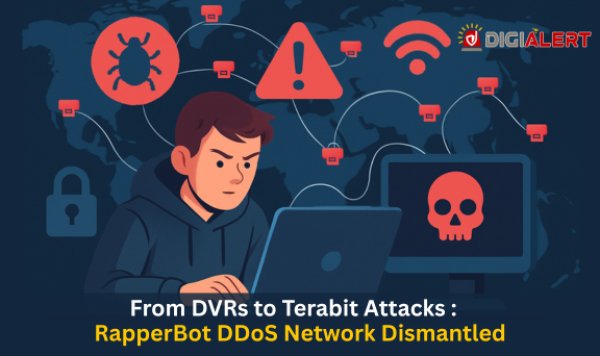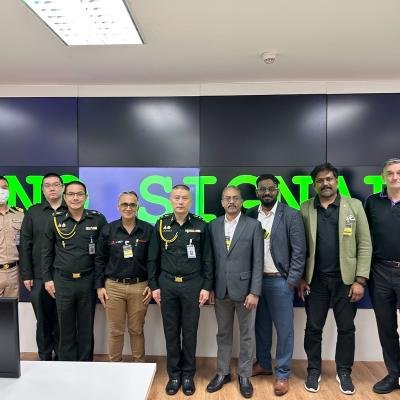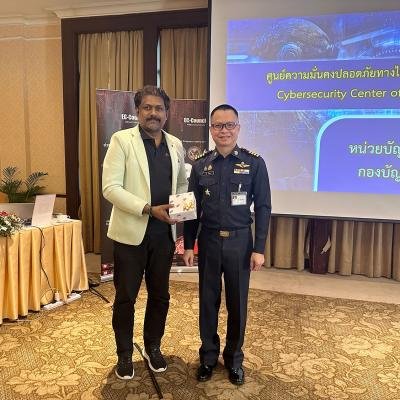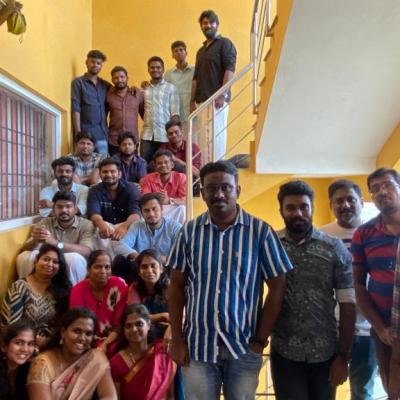In cybersecurity, time is the ltimate weapon. Threat actors have mastered the art of exploiting vulnerabilities faster than organizations can patch them, turning every unpatched system into a potential breach point. The latesthigh-profile example is the critical flaw in Apache ActiveMQ (CVE-2023-46604), which has been weaponized to deliver the notorious Godzilla malware.
This vulnerability carries a CVSS score of 10.0, the highest possible rating, meaning it allows unauthenticated remote code execution (RCE). In practical terms, an attacker can gain complete control of a vulnerable server without needing valid credentials.
What makes this case particularly alarming is the speed and scale of the attacks. Within just 48 hours of proof-of-concept exploit code being released, researchers observed hundreds of exploitation attempts worldwide. This reflects a broader trend: the gap between vulnerability disclosure and real-world exploitation is now often measured in hours—not weeks.
For organizations relying on Active MQ to support business-critical messaging systems, this incident isn’t just a security issue. It’s a direct threat to operational continuity, data integrity, and brand reputation.
Understanding CVE-2023-46604: A Perfect Target
Apache ActiveMQ is a widely deployed open-source message broker that enables communication between distributed applications using protocols like JMS, MQTT, AMQP, and STOMP. It’s popular in industries such as finance, telecom, logistics, and healthcare where real-time messaging is mission-critical.
The vulnerability at the heart of this campaign—CVE-2023-46604—is a remote code execution flaw. Attackers exploit it by sending malicious serialized data to an ActiveMQ service, which tricks the server into executing arbitrary code.
The key points:
- No authentication required – Anyone with network access to the server can attempt exploitation.
- Wide exposure – Many organizations expose ActiveMQ instances directly to the internet for convenience.
- Full compromise – Successful exploitation hands attackers complete control of the system.
The weapon of choice for attackers is Godzilla, a web shell that turns compromised servers into long-term assets within their attack infrastructure.
What Is Godzilla Malware?
Godzilla is not your average web shell. Unlike basic shells that provide limited remote command execution, Godzilla is:
- Modular – It can load additional malicious plugins to expand functionality.
- Persistent – Once installed, it embeds itself deeply, often surviving reboots and standard cleanup attempts.
- Stealthy – It operates filelessly, running in memory to evade traditional signature-based detection tools.
- Flexible – It supports multiple web technologies (JSP, PHP, ASPX), making it adaptable to different environments.
In real-world incidents, attackers deploying Godzilla have been observed:
- Stealing sensitive databases.
- Harvesting admin credentials for lateral movement.
- Establishing encrypted command-and-control channels.
- Deploying ransomware after reconnaissance.
In other words, Godzilla transforms a single vulnerable server into a launchpad for full-scale compromise across an organization’s network.
The Shrinking Window of Security
The ActiveMQ case illustrates a larger industry trend: attackers are reducing the time from vulnerability disclosure to weaponization at an unprecedented rate.
Some statistics to highlight this shift:
- According to Mandiant, the median time to exploitation dropped from 12 days in 2021 to just 7 days in 2024.
- In 2025, nearly 50% of all critical vulnerabilities were exploited within the first week of disclosure.
- Verizon’s 2024 Data Breach Investigations Report (DBIR) found that 82% of successful breaches involved vulnerabilities that had been publicly known—and often patched—for months.
In this case, the weaponization occurred within 48 hours, a frightening reminder that patch management must be immediate, not gradual.
Key Takeaways for Security Teams
Every incident is a lesson. The Godzilla campaign built on CVE-2023-46604 offers at least three urgent takeaways:
1. Patching Is Your First Line of Defense
Apache released fixed versions late in 2023:
- 5.15.16
- 5.16.7
- 5.17.6
- 5.18.3
If you’re running older versions, your systems are essentially wide open. Because exploit tools are publicly available, even low-skilled attackers can execute this attack.
Delaying patches is no longer an option. The days of monthly or quarterly patch cycles are over. Security teams must implement continuous patching and risk-based prioritization to handle threats at the pace they emerge.
2. Traditional Security Alone Won’t Cut It
The attack chain here is sophisticated. This isn’t a blunt-force exploit that merely crashes a service. It installs an advanced, stealthy web shell that blends in with normal traffic patterns.
That means organizations relying only on antivirus or firewalls are blind to what’s happening. Modern defense requires:
- Endpoint Detection & Response (EDR) for behavioral monitoring.
- Zero-trust architectures to limit attacker movement.
- Network segmentation to contain breaches.
- Honeypots and deception technologies to detect early attacker presence.
3. Threat Intelligence Is the Accelerator of Defense
Organizations with proactive threat intelligence feeds were able to detect and block attacks more quickly. By monitoring IOCs such as:
- Malicious IPs and domains tied to Godzilla C2 servers.
- Hashes of malicious web shell payloads.
- Unusual ActiveMQ traffic patterns.
…security teams could act before attackers gained persistence.
Threat intelligence is not just “nice to have”—it’s essential for speed matching speed.
The Business Impact of Delayed Response
The stakes are not just technical—they’re financial. Studies consistently show the high cost of failing to patch:
- IBM’s 2024 Cost of a Data Breach Report found the average global breach cost reached $4.88 million, with the U.S. averaging over $9.5 million.
- Organizations that contained a breach within 30 days saved $1 million on average compared to slower responders.
- Delayed patching was directly linked to longer dwell times—sometimes giving attackers months of free access to internal systems.
In industries like healthcare, finance, and manufacturing, downtime alone can be catastrophic. Imagine an airline booking system, hospital patient database, or banking middleware compromised by a single unpatched ActiveMQ server. The ripple effects can include lost revenue, regulatory fines, and permanent reputational damage.
How DigiAlert Protects Against Fast-Moving Threats
At DigiAlert, we recognize that modern cyber defense requires speed, visibility, and intelligence. Our mission is to help organizations close the gap between exposure and exploitation.
Here’s how we do it:
- Continuous Digital Risk Monitoring – We scan your attack surface in real time, identifying exposed services and known vulnerabilities like CVE-2023-46604.
- Threat Intelligence Integration – Our platform feeds live IOC data into your security stack, enabling faster detection and blocking of active campaigns.
- Risk Prioritization – Not all vulnerabilities are equal. We help security teams focus on the flaws most likely to be exploited based on attacker trends.
- Expert Analysis – Automated tools alone are not enough. Our cybersecurity experts provide contextual analysis to ensure vulnerabilities are remediated correctly and quickly.
- Proactive Protection – With automated alerts, real-time dashboards, and guided patching, we help businesses stay one step ahead.
Our clients rely on DigiAlert not just to tell them what’s wrong, but to help fix it before attackers exploit it.
Final Thoughts
The exploitation of Apache ActiveMQ through CVE-2023-46604 is a powerful reminder that in today’s threat landscape, every day of delay increases risk. Attackers are innovating rapidly, compressing timelines and turning public disclosures into global attack campaigns within hours.
Organizations must respond by:
- Patching immediately when fixes are available.
- Implementing layered defenses that go beyond basic tools.
- Leveraging real-time threat intelligence to act as quickly as adversaries.
Cybersecurity is no longer about if you’ll be targeted—it’s about when. The organizations that survive and thrive will be those that prepare proactively, monitor continuously, and act decisively.
At DigiAlert, we are committed to helping businesses build resilience in the face of these evolving threats.
- Stay one step ahead of attackers.
- Follow DigiAlert and VinodSenthil for daily insights, expert analysis, and actionable strategies to secure your digital future.







